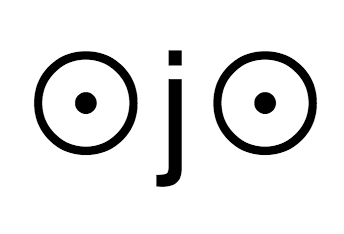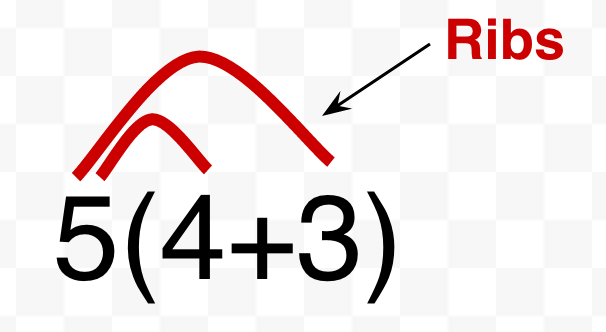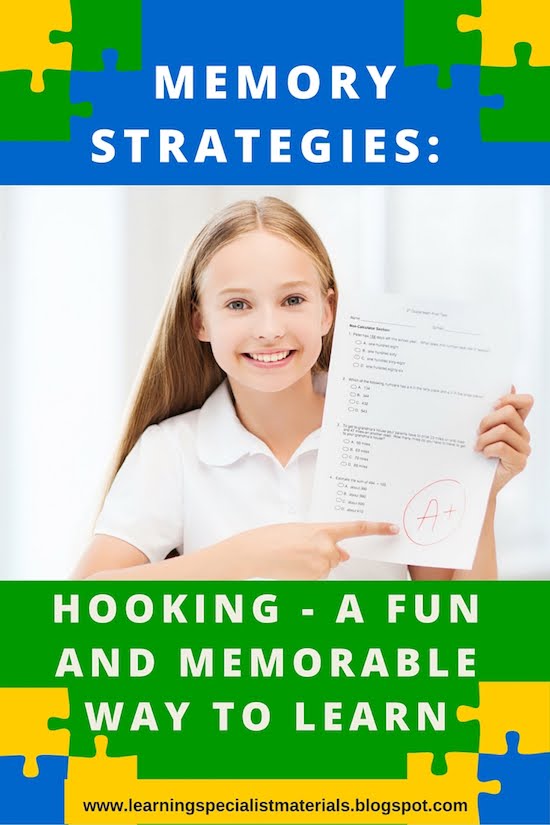This week I wanted to tell you about my online store, Good Sensory Learning. I’m Dr. Erica Warren, and I established this site so I could share all the materials that I have created over the last 20+ years as a learning specialist and educational therapist. When I first began my private practice, Learning to Learn, I had great difficulty finding fun and multisensory materials for my students that were effective and engaging. So back in 2005, I made it my mission to design and distribute high-end, remedial products as well as memorable, motivating lessons that bring delight to learning. If you would like to try a free sampling of my activities , CLICK HERE . How Are the Products Organized at Good Sensory Learning? You can download my Free Printable Catalog or you can browse the site using the grey “search all products” bar in the top right of any page with keywords such as dyslexia, working memory, and executive functioning. What’s more, drop down menus in the red banner allow you t...
As an educational therapist and learning specialist, hooking is one of the most valuable memory strategies that I teach my students. In fact, tedious study sessions can be transformed into a memorable and often hilarious task.
What is Hooking?
Hooking is a memory strategy in which you use the term itself that you are trying to remember to guide you to the answer. In other words, you search for clues in the word. You can "hook" auditorily, to the sound or sounds in the term or visually, to the way the word looks. Occasionally, you might find a hook in the word that does not guide you directly to the answer, but you can often create a story or visualization that will make it work.
Visual Hooking Example:
Take the Spanish word ojo. Ojo means eye, and it is easy to make the word look as though it has eyes.

Auditory Hooking Example:
Mesa means table in Spanish. Mesa sounds like messy and I tell my students to think of a “mesa table.”
Auditory/Visual Examples:
If a student wants to learn how many pints there are in a quart, I say that pints sounds like pines and a quart sounds like a tennis court. I then ask them to imagine two pine trees, playing tennis in a quart.

Take the distributive property in mathematics. In the middle of the word you can see the word rib. I tell my students that they have to draw in the “ribs” to solve the problem.

Learning about the different types of angles lends itself to some fun strategies. I tell my students that acute angles are “a cute” type of angle, obtuse are “obese” or fat angles, and right angles are “right on” and I show them that they can find the right angle in the “thumbs up” gesture.

When my students are learning about the cell organelles one of my favorite hooks is for the golgi body, which manages intracellular transportation. I encourage my students to think of it as the “Go go Golgi” and ask them to visualize a shipping company like FedEx but the name is “Go Go Golgi.”
Teaching Students to Create Their Own Hooks:
Creating hooks for your students can be helpful, but if students create their own hooks, memory works even better. Self-generating strategies gets students to make their own personal connections and connecting new knowledge to prior knowledge is a well research technique to enhance learning. What’s more, when two people look at a term, they don’t necessarily see or hear the same strategy. So, for example, take the word, benevolent. There are many hooks that could be created to help one remember the meaning of the word, but the question is what does the student hear or see in the word? Benevolent means, kind-hearted, and you could use any of the following hooks:
Hooking is a memory strategy in which you use the term itself that you are trying to remember to guide you to the answer. In other words, you search for clues in the word. You can "hook" auditorily, to the sound or sounds in the term or visually, to the way the word looks. Occasionally, you might find a hook in the word that does not guide you directly to the answer, but you can often create a story or visualization that will make it work.
Visual Hooking Example:
Take the Spanish word ojo. Ojo means eye, and it is easy to make the word look as though it has eyes.
Auditory Hooking Example:
Mesa means table in Spanish. Mesa sounds like messy and I tell my students to think of a “mesa table.”
Auditory/Visual Examples:
If a student wants to learn how many pints there are in a quart, I say that pints sounds like pines and a quart sounds like a tennis court. I then ask them to imagine two pine trees, playing tennis in a quart.
Take the distributive property in mathematics. In the middle of the word you can see the word rib. I tell my students that they have to draw in the “ribs” to solve the problem.
Learning about the different types of angles lends itself to some fun strategies. I tell my students that acute angles are “a cute” type of angle, obtuse are “obese” or fat angles, and right angles are “right on” and I show them that they can find the right angle in the “thumbs up” gesture.
When my students are learning about the cell organelles one of my favorite hooks is for the golgi body, which manages intracellular transportation. I encourage my students to think of it as the “Go go Golgi” and ask them to visualize a shipping company like FedEx but the name is “Go Go Golgi.”
Teaching Students to Create Their Own Hooks:
Creating hooks for your students can be helpful, but if students create their own hooks, memory works even better. Self-generating strategies gets students to make their own personal connections and connecting new knowledge to prior knowledge is a well research technique to enhance learning. What’s more, when two people look at a term, they don’t necessarily see or hear the same strategy. So, for example, take the word, benevolent. There are many hooks that could be created to help one remember the meaning of the word, but the question is what does the student hear or see in the word? Benevolent means, kind-hearted, and you could use any of the following hooks:
- benevolent: If someone lent you something, that was a benevolent gesture.”
- benevolent: Perhaps you know of someone named Ben or Len and they are benevolent.
- benevolent: The Latin root means “good” and you could make that connection that good people are benevolent.
- be-ne-volent: When you break up the word, it sounds like “be not violent.” One could that that the opposite of violence is benevolence.
- benevolent: Right in the middle of the word, you can find the word love written backwards. One might think, when two people fall in love they are benevolent towards one another.
Cheers, Dr. Erica Warren
Dr. Erica Warren is the author, illustrator, and publisher of multisensory educational materials at Good Sensory Learning and Dyslexia Materials. She is also the director of Learning to Learn and Learning Specialist Courses.
· Blog: https://learningspecialistmaterials.blogspot.com/
· YouTube Channel: https://www.youtube.com/user/warrenerica1
· Podcast: https://godyslexia.com/
· Store: http://www.Goodsensorylearning.com/ & www.dyslexiamaterials.com
· Courses: http://www.learningspecialistcourses.com/
· Newsletter Sign-up: https://app.convertkit.com/landing_pages/69400
· Blog: https://learningspecialistmaterials.blogspot.com/
· YouTube Channel: https://www.youtube.com/user/warrenerica1
· Podcast: https://godyslexia.com/
· Store: http://www.Goodsensorylearning.com/ & www.dyslexiamaterials.com
· Courses: http://www.learningspecialistcourses.com/
· Newsletter Sign-up: https://app.convertkit.com/landing_pages/69400


Comments
Post a Comment